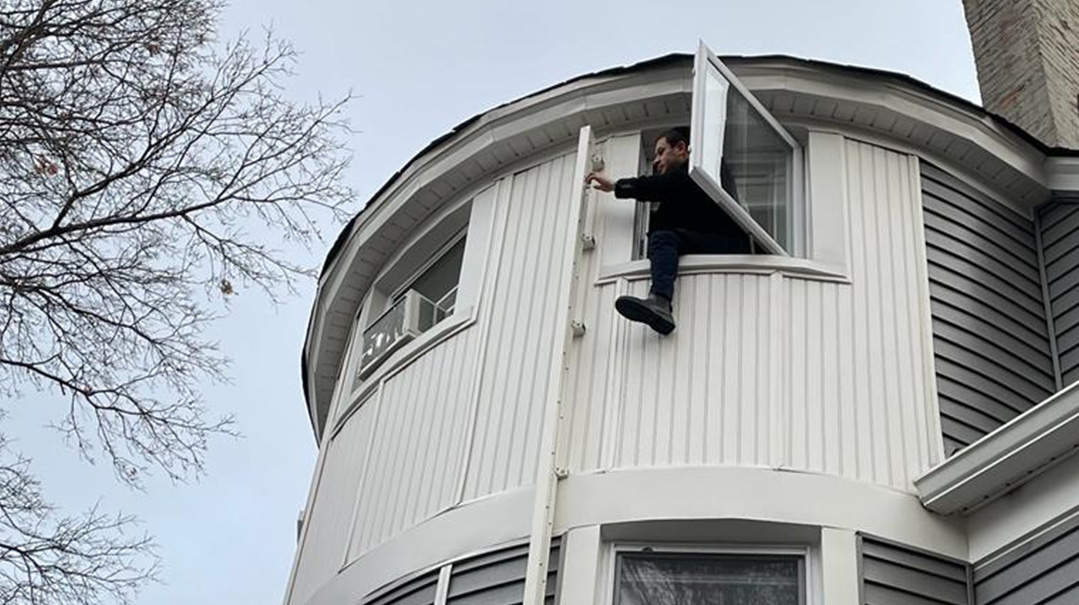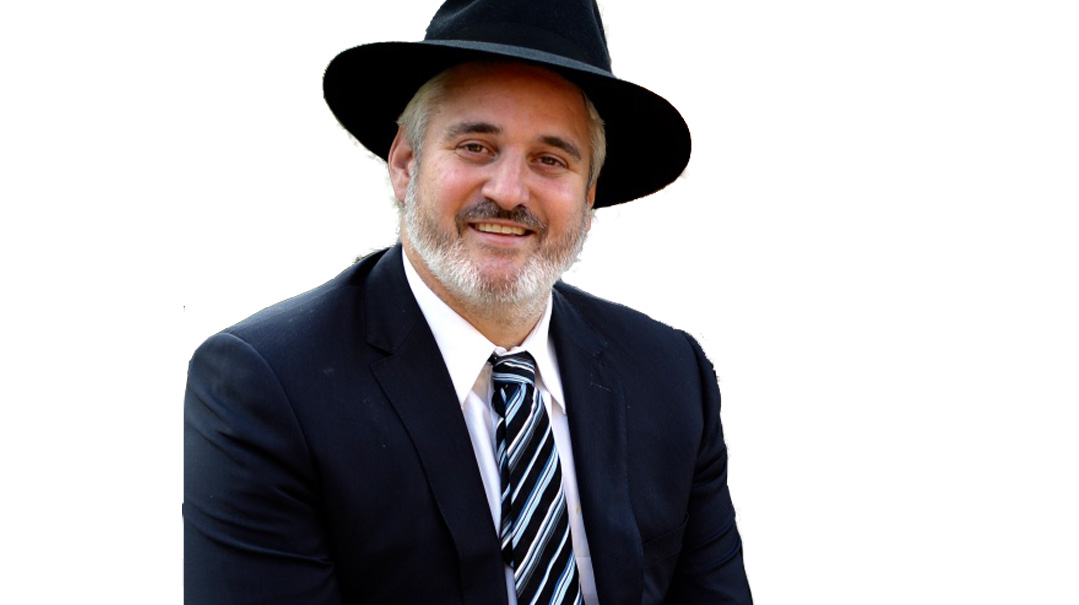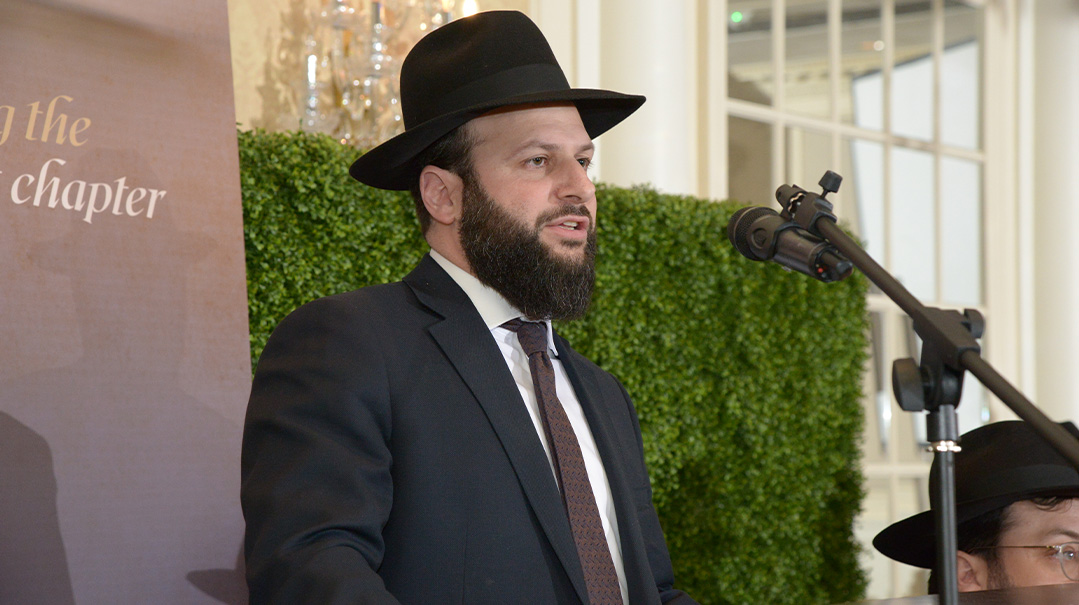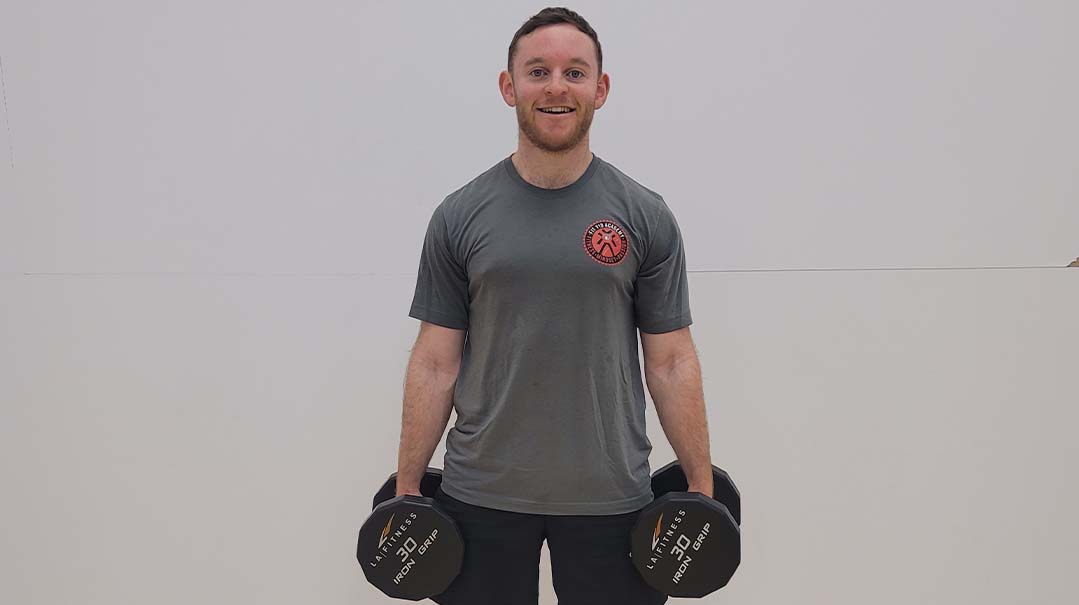Ten Questions for Eliezer Greer

Eliezer Greer is the creator of the Jewish Halachic Analog Clock, which was recently launched on MyZmanim.com. He is based in Waterbury, Connecticut
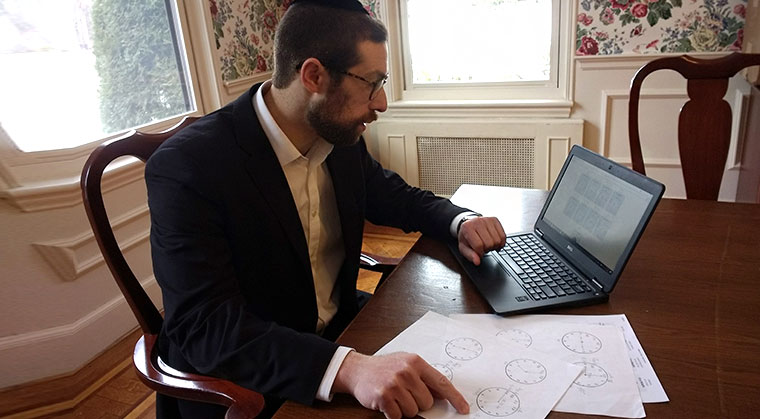
W
hat is a Jewish halachic analog clock?
Let’s start from the beginning: Every halachic day is divided into 12 segments, sha’os zemaniyos, based on when the day starts and when it ends. Sunrise, sunset, the time interval separating them, and the sun’s angular position from your location are all used to calculate this proportional halachic hour. This special unit of time takes into account the seasonal changes in the length of the day, and it has special meaning in halachah — when we say a certain mitzvah may be performed three hours into the day, we don’t mean at 3 a.m. or three 60-minute hours after sunrise, we mean three halachic hours. The data for calculating sha’os zemaniyos already exists in various programs and online, but the concept to put it all in analog-clock format with set hours has never been implemented. That was my idea — to create an analog clock interface marking the day’s halachic zmanim.
What does it look like?
Imagine a traditional clock face. On my clock, the zmanim remain at set locations — chatzos is at the top, where the 12 would be on a traditional clock, and alos and shkiah are at the bottom, at the 6 position. The decision about the location of these zmanim was an ongoing discussion, but we finally settled on what we think is the clearest, with chatzos and high noon in consonance with each other. There are also markings on the clock indicating zmanim: haneitz, tefillah, plag, Minchah ketanah. Another design feature is that the face changes color between daytime and nighttime hours to help users differentiate between the two.
Why do this?
So we can mentally orient our day around the focal halachic times and milestones, rather than the 60-minute, 24-hour cycle. Many mitzvos are time-based and have to be performed before, during, or after specific zmanim — tallis and tzitzis, Krias Shema, when fast days, Shabbos, and Yom Tov start and end. These zmanim are determined by the position of the sun in the sky and can vary greatly, depending on the time of year and your latitude and longitude — Shabbos in the summer starts several 60-minute hours later than Shabbos in the dead of winter, but halachically, it’s the same time. My clock graphically demonstrates how zmanim define our connection to Hashem through time-bound mitzvos by marking halachic times and benchmarks throughout the day.
How did you come up with the idea?
Last Pesach, we were discussing the different shitahs of what should be completed by chatzos during the Seder — the first matzah, afikomen, or Hallel. That got me thinking about a clock that calculates this important time for us. I ran the idea by family and close friends at one of the seudos, and our guests urged me to create a prototype, but for me the question really was how to disseminate the idea and the clock to the tzibbur. Initially, I wanted to make a zmanim clock to hang alongside standard clocks in shuls, but I realized that for users, that could be too costly and complicated to gain traction. I needed to figure out how to best transmit the concept without the idea being lost because of cost or detail.
(Excerpted from Mishpacha, Issue 697)
Oops! We could not locate your form.

